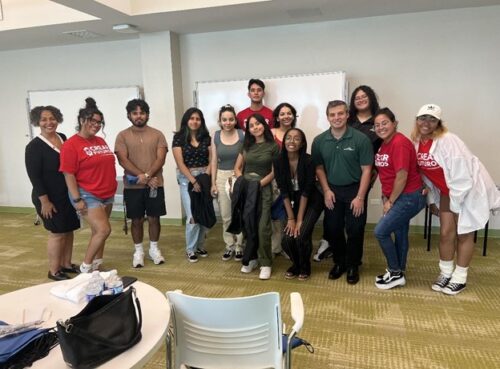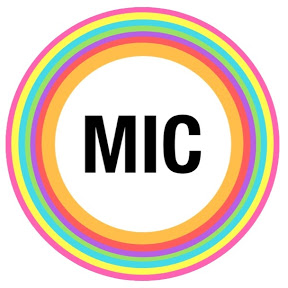When the phonograph was invented in 1877 by Thomas Edison, no one could imagine anything ever taking its place. People could listen to music at home, anytime they wanted to. For over 100 years, the phonograph record (commonly called “vinyl” today, named after the plastic used to make the discs) was the way to buy, listen and collect music. While vinyl records had their flaws, most people found the clicks, pops and sound quality of these records acceptable.
Then, in the early 1980’s the compact disc or CD was born. It could deliver a virtually perfect sound copy of whatever was recorded to it, without the clicks and pops of the vinyl records. The disc was played using a laser beam of light, so there wasn’t any wear from playing the disc, and no reduction of audio quality from being played, as there was with vinyl. The world quickly embraced this new product and music stores changed over to the new technology.
As the demand grew for music on CDs, the record companies changed over to the new format in their manufacturing facilities and that meant getting rid of the old equipment used to produce vinyl records. The record equipment manufacturers in turn, having few if any buyers or users left, went out of business as well. Goodbye vinyl, hello CDs!
In 2001, another phenomenon took the world by storm; Apple brought iTunes to the world. They thought that people might like the convenience of purchasing and downloading their music, without ever needing to leave home. This evolved into streaming audio online, allowing consumers to listen to their favorite song without having to download a file. Goodbye CDs, hello streaming!
All this time though, a small core of fanatics kept their vinyl records. They didn’t like the “digital sound” of a CD, or needing a computer to download their music. They wanted their classic records, with the big artful graphics and handcrafted liner notes on the back. A market for buying and selling used records quickly developed. As word spread via the internet, these groups of record collectors got bigger and bigger. A few small record companies tried manufacturing some specific music for the record collectors at the three or four small independent manufacturing plants that were still left in the U.S., and they saw that the sales were better than expected.
Steven Kolanjian runs a record research library in Brooklyn. He has over 200,000 record albums and CDs. “Records sound warmer than CDs” he said. “Companies don’t take the time to master the music on CDs like they did with records and it shows. If they did, the CDs would sound as good as the records did.” Kolanjian makes a living providing research and data to record companies, yet he doesn’t use a computer for music. “Personally I like the convenience of CDs and the lack of surface noise that you have with records, but I wish they took more time on sound processing” he said.
The major record companies took note of the increased sales of vinyl and started to release their own selective titles on vinyl in the early 2000’s. Stores that sold CDs, like Barnes & Noble and Target, started to sell the new vinyl record releases too, and they’ve had great success with vinyl sales. According to Billboard Magazine, record companies sold 14.32 million vinyl records (up 9 percent) in 2017. That’s up from the previous one-year high, registered in 2016 with 13.1 million vinyl records sold. 2017 marks the 12th straight year of growth in vinyl album sales. Goodbye streaming, hello vinyl?

President of Music Business Association: James Donio. Image courtesy of James Donio.
Well, maybe not completely. “Streaming is the dominant model for music listening today” said James Donio, President of the Music Business Association, a non-profit membership organization that advances and promotes music commerce. “But people should know that physical media products such as CDs and records sell billions of dollars worldwide and vinyl record sales have been increasing every year for the past ten years.” Donio also said that while no one can predict the future, he expects that streaming and physical product will continue to thrive and coexist in the music marketplace.

David Casale in Studio. Image courtesy of David Casale.
David Casale is a singer-songwriter who has just released his first single online. His dream is to be taken seriously as a musician, yet he knows that his day job of being a police officer in Pleasantville, New York, pays the bills. Casale recognizes the opportunity that the internet and streaming give him to get his music out to the public directly with the potential to see download royalties. It would be much harder and ultimately more costly to put out physical product at this early stage of his musical career. “I perform my songs in clubs and promote it online so as to [raise] awareness of what I am doing,” he said. “Social media is key today, that’s where my followers and fans are. CDs and vinyl are in the future when sales of my music are high enough to support them.”







